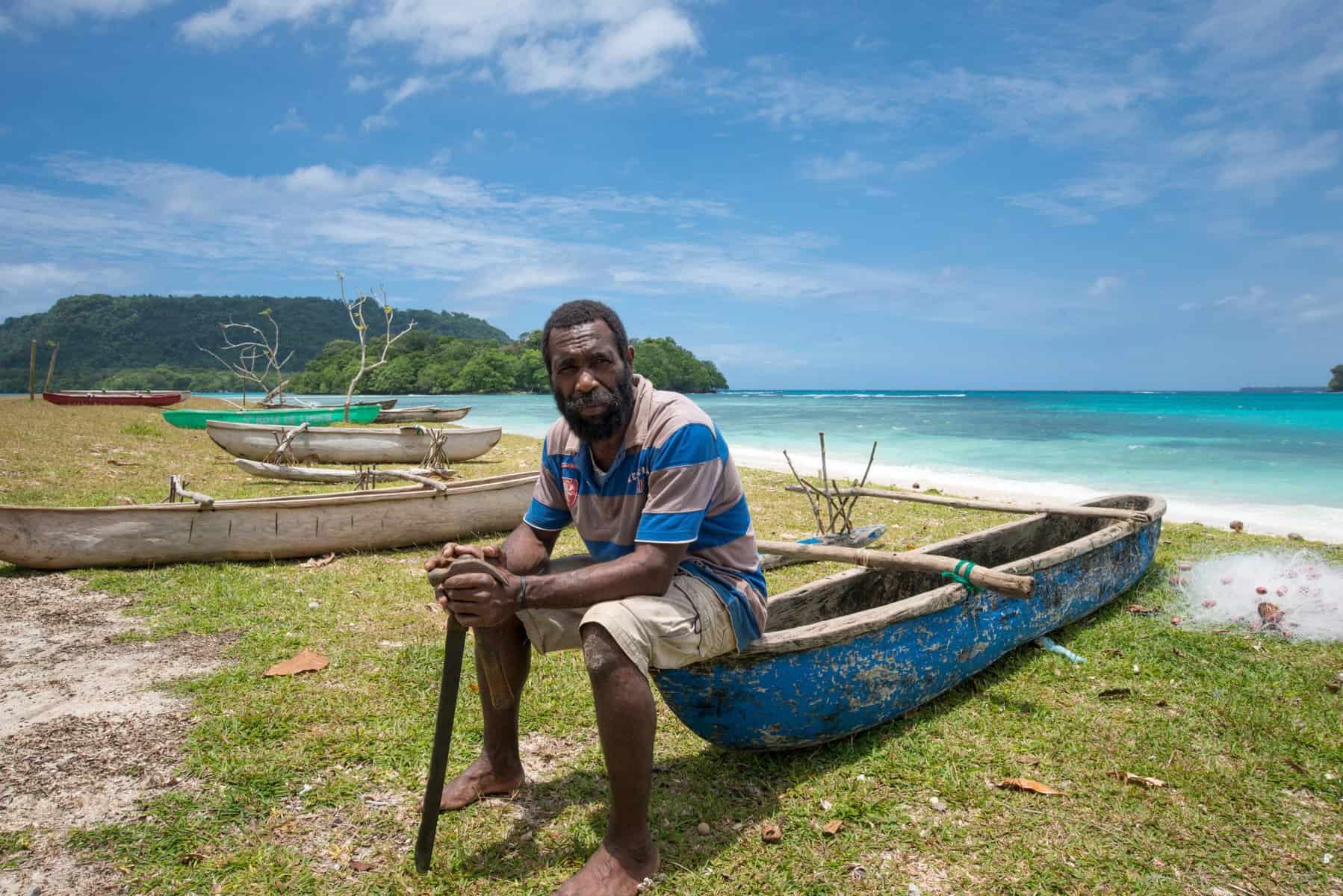It’s the classic Catch-22.
Pacific and other small island developing states desperately need to access climate finance to survive the growing impacts of climate change. That much is well known. And the money is available.
Except that, bogged down by steep qualifying criteria that asks big questions of limited domestic financial frameworks and institutional capacity, Pacific Island governments and specialists are grinding it out in a tough, behind-the-scenes struggle to get to the very funds meant to help their people survive.
The world’s largest climate fund . . .
Please Subscribe to view full content...
